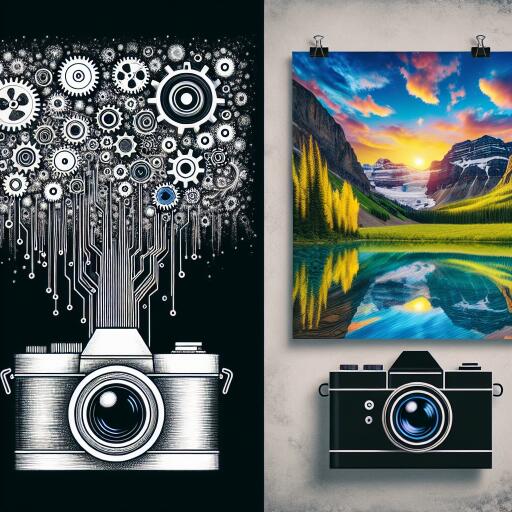Exploring the Emotional Impact of AI-Generated Images: A Groundbreaking Study
In a world where artificial intelligence (AI) is becoming increasingly sophisticated, its applications have spread to various fields, including the creation of hyper-realistic images. However, a recent study reveals that when it comes to emotional arousal, AI-generated images don’t quite measure up to their real counterparts. Published in the prestigious journal Cognition and Emotion, this research offers fascinating insights into human perceptions of authenticity and arousal in the digital age.
Conducted by a coalition of cognitive researchers at Italy’s IMT School for Advanced Studies Lucca, Roma Tre University, and the Institute of Cognitive Sciences and Technologies, in collaboration with Finland’s University of Jyvaskyla, the study engages over 160 participants. These individuals were presented with images of men and women adorned in underwear or swimsuits, and their reactions were meticulously recorded and analyzed.
The research unfolded in two distinct phases. In the initial phase, 57 participants were exposed to 60 suggestive photographs, a mix of authentic human images and those crafted by artificial intelligence. They were then asked to gauge their levels of arousal on a scale ranging from one to six, followed by their judgement on whether the images were AI-generated or real. Confirming the researchers’ hypothesis, the study found that respondents reported higher arousal levels when they believed the images were real, compared to those they suspected were produced by AI.
The second phase of the study broadened the sample size with 108 additional participants, maintaining the use of the same arousal rating scale. In this instance, however, half of the images were explicitly labeled as AI-generated, and the remaining half as genuinely human. Consistently with the first phase, the results highlighted a clear preference for real images over AI-created ones in terms of arousal. These findings not only underscore the perceived impact of authenticity on emotional responses but also reflect cautious attitudes towards the burgeoning role of AI in our lives.
Moreover, the researchers extended their investigation to capture the participants’ overall attitudes towards artificial intelligence, employing a comprehensive scale unique to 2023. This included measuring degrees of trust, ethical concerns, and the potential for AI to enrich or diminish human experiences.
This pivotal study sheds light on the nuanced relationship between humans and artificial constructs, revealing a distinct boundary in how we emotionally engage with images based on their origin. As AI continues to evolve and become more integrated into our daily lives, understanding these dynamics is crucial for developers, artists, and ethicists alike.
As we stand on the cusp of an era where the lines between the real and artificially generated continue to blur, this research prompts us to question the fundamental aspects of our relationship with technology. It serves as a reminder of the intrinsic value we place on authenticity and the inherent challenges AI faces in replicating the complex spectrum of human emotion.
In conclusion, this study not only contributes significantly to our understanding of AI’s impact on emotional arousal but also opens the door to further exploration into how artificial constructs influence our perceptions and interactions within an ever-evolving digital landscape.









